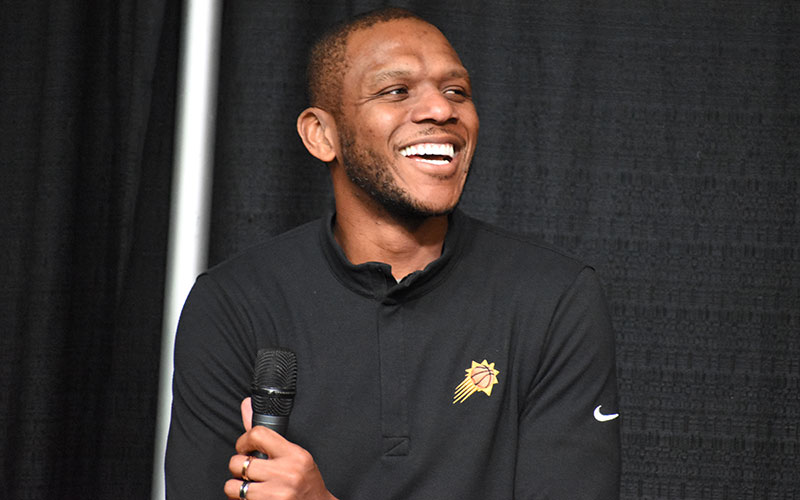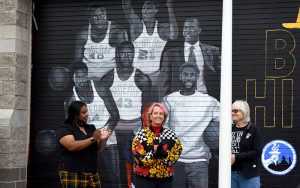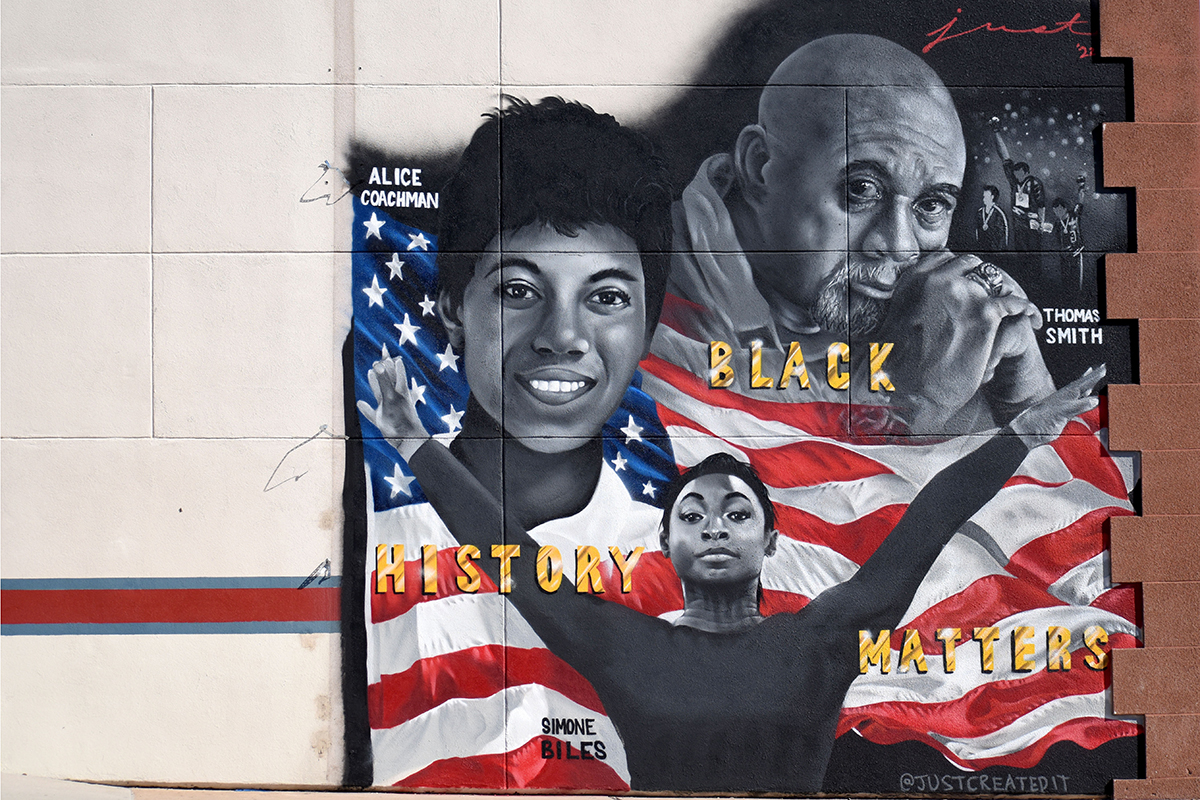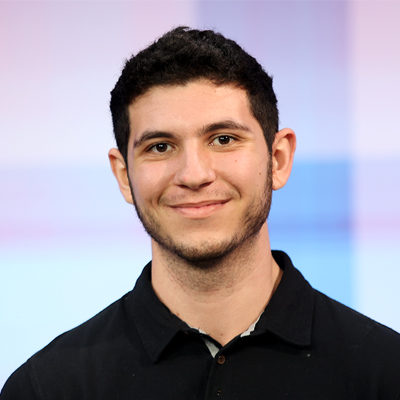
Suns general manager James Jones said his front-office position is important because it shows others who look like him that there are career opportunities in the NBA beyond the playing court. (Photo by Hope O’Brien/Cronkite News)
PHOENIX – Growing up without a father in Miami Gardens, a predominantly Black city north of Miami with roughly 110,000 residents, James Jones said his sense of race was relatively nonexistent. Now, during Black History Month, Jones, the general manager of the Phoenix Suns, is hyper aware that he is a role model to young people of color.
“My grandfather had to tell me who I was, because he had to tell me what it meant to be Black,” Jones said. “I didn’t have a clue. I didn’t know what it meant to be a Black man because I didn’t have my dad.”
Jones, 41, knows he is fortunate to work in the game that he loves, and he realizes that his front-office position is important because it shows others who look like him that there are career opportunities in the NBA beyond the playing court.
“There are so many more people out there that would love this opportunity, but they don’t think it’s an opportunity for them until they see me,” Jones said. “I recognize how powerful it is to be in this seat. If I can create another one next to me, that would be amazing.”
Jones is one of 10 Black general managers out of 30 teams in a league that is approximately 78 percent Black. Suns coach Monty Williams is one of seven Black head coaches.
In the locker room and in the front office, the Suns are widely considered one of the league’s most committed teams when it comes to community engagement. In particular, Chris Paul, the veteran point guard, is a popular HBCU advocate who helped coordinate the annual HBCU Classic that will air on television Saturday as part of the NBA’s All-Star weekend.
The Suns, one of the few franchises to employ a general manager and coach who are both Black, have been the subject of headlines recently for allegations of racism and misogyny against their longtime owner, Robert Sarver, who is white. An independent law firm commissioned by the NBA is investigating the matter.
Although this is Black History Month, for Williams and the rest of the team, the education about Black history is ongoing.
“I think it’s a residual effect, that direct reflection of Black History Month and the awareness that our country socially tries to highlight during this time of the year,” Williams said. “So from time to time we’ll show a movie or an excerpt of an individual that’s had a huge impact on the world from the Black community. I think it’s important that we not only show those types of things from the brown and white communities as well, and I think that’s probably something I need to work on.”
The Suns, along with all NBA teams, are sporting warm-up T-shirts by Nike with the phrase “Built by Black History” in large print throughout February.
The Suns’ home arena, Footprint Center, is wrapped in its own covering: a mural that depicts various Black stars from WNBA Mercury and Suns’ history and is signed “Black History Matters.” Among those shown are the first Black players from the Suns’ opening season – Stan McKenzie, George Wilson, David Lattin, and McCoy McLemore – and Chris Paul and Frank Johnson, the Suns’ first Black head coach.
The other end of the painting features Mercury Hall of Fame coach and general manager Cheryl Miller, the Cardinals’ former star receiver Larry Fitzgerald and current Mercury stars Brittany Griner and Skylar Diggins-Smith.
Painted on either side of the mural are two young Black children who symbolize the next generation of Black influencers. This particular piece was handcrafted by local artists Lucretia Torva and Jennifer White.

The murals by local artists Lucretia Torva and Jennifer White are on the west side of Footprint Center. (Photo by Hope O’Brien/Cronkite News)
Gizette Knight, CEO of the Shining Light Foundation and founder of the Black History Mural Project, says the project is meant to recognize leaders and supporters from the Black community that do not get as much recognition as civil rights activists.
“The truth is that in too many places our youth are getting a limited view of Black accomplishment and contribution,” Knight said. “We are looking at over 300 years in this country and all we can highlight are a few great men and women in Civil Rights and in politics. Is that really it for us as a people?”
She added, “For far too long, Black people have been sold inaccurate stories about who they are and who they were. This omission has only not only left a potential void in the Black community, but a void in the fabric of our country.”



